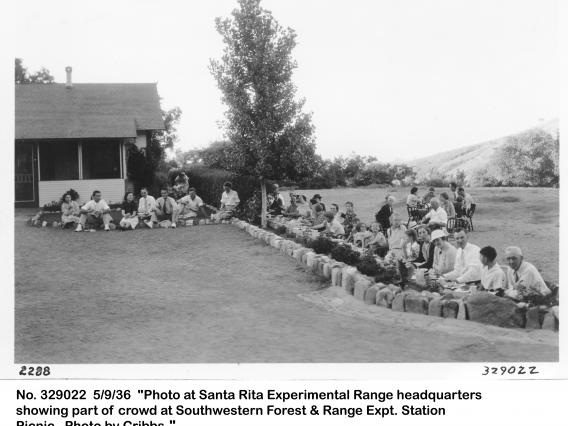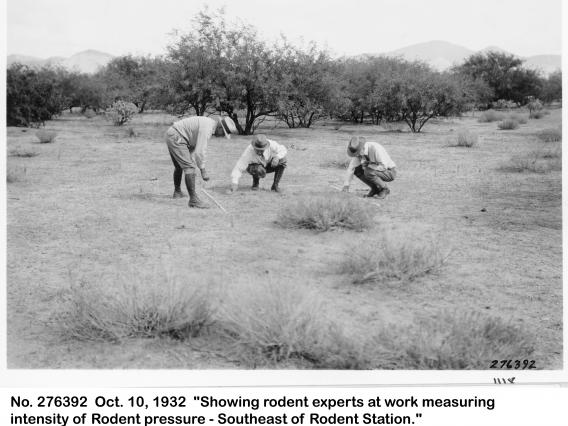The Santa Rita Experimental Range (SRER) is the longest continuously active rangeland research facility and among the five oldest biological field stations in the United States. Located south of Tucson in Pima County, Arizona, the 52,000-acre range was founded in 1902 and administered by the United States Forest Service until 1987, when the University of Arizona College of Agriculture took over the administration of the site. It is currently part of the University of Arizona, Arizona Experiment Station system.
The SRER is a world-class facility because of the long-term historical and biological databases that have been maintained since its creation. Indeed, it has been a principal site for pioneer range research with the purpose to build a sound body of scientific knowledge on the restoration, protection, and management of semiarid grasslands in the arid Southwest. The accumulated information on the ecology of the semidesert system at SRER is more complete than for any other tract of comparable size and diversity. Results of this research have now direct applicability to over 20 million acres of semiarid rangelands in the United States and to another 20 million acres in northern Mexico.

The SRER offers endless opportunities for research, instruction, and outreach. Learn more about our mission and plan your future experiments!

Directory
Facilities and Lodges
Research Equipment and Lab Space
Rules of behavior



